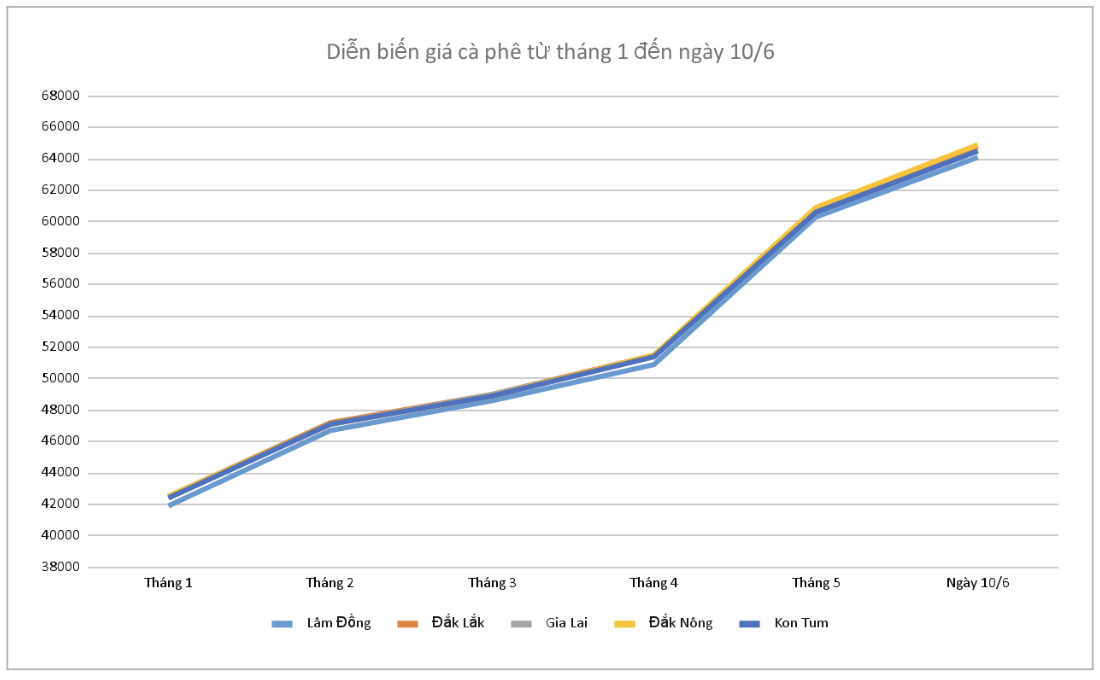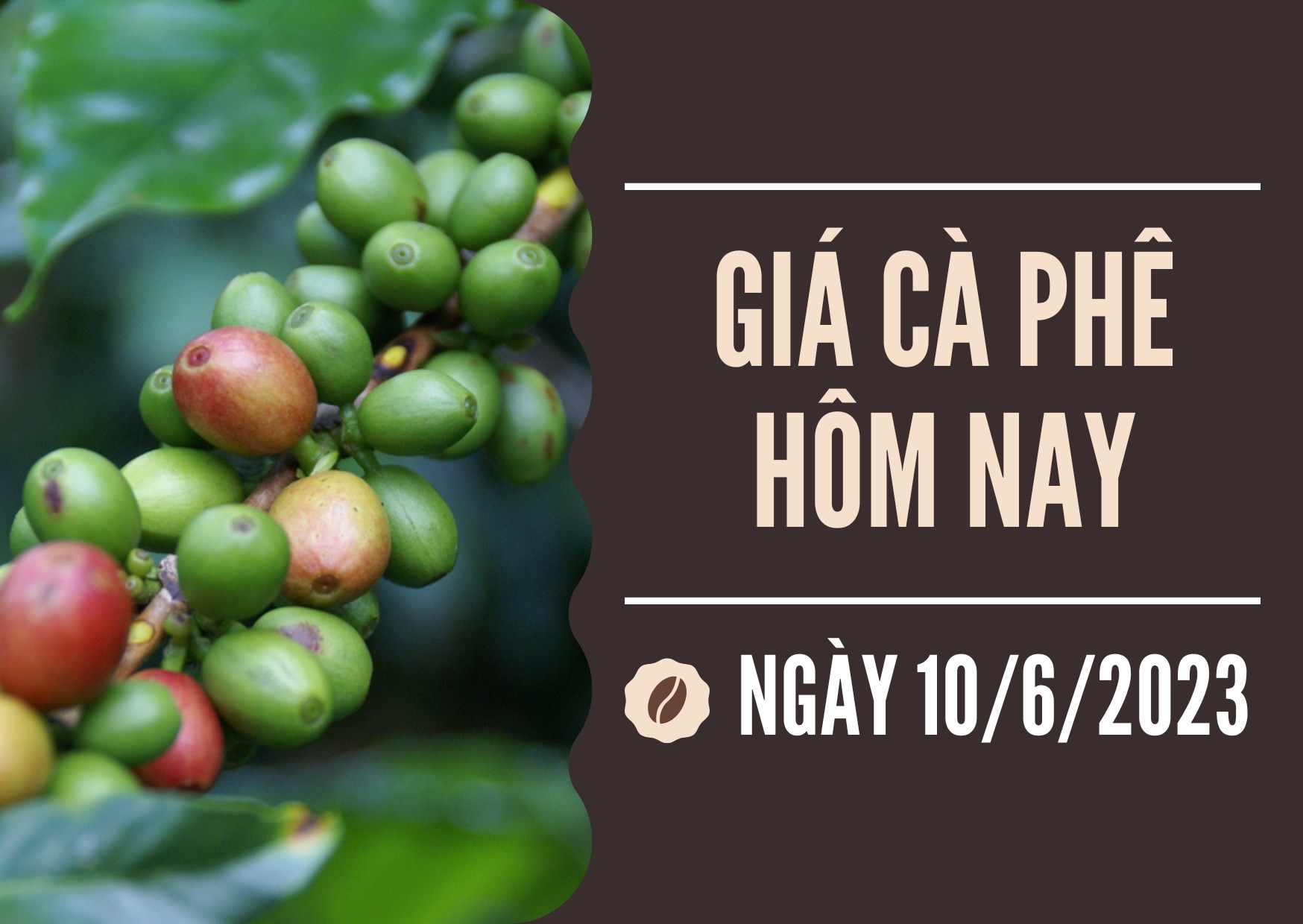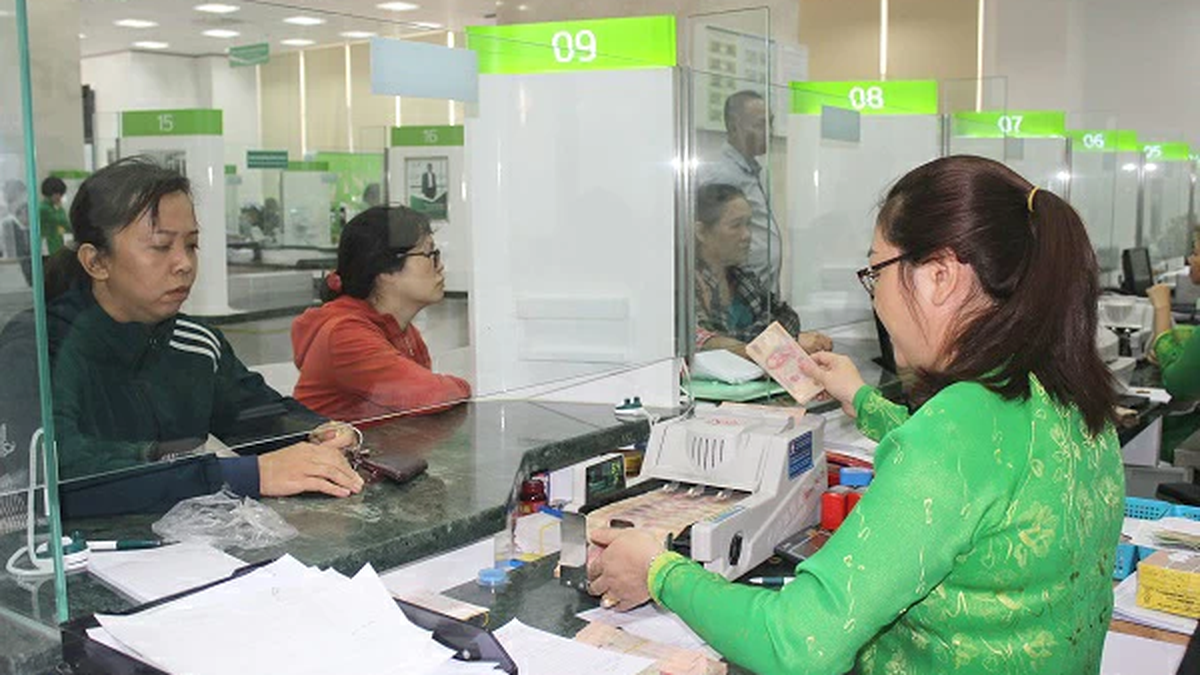Coffee prices today (June 10) in the domestic market decreased by 300 - 400 VND/kg. Accordingly, the lowest transaction price in the localities was 64,100 VND/kg, recorded in Lam Dong province.
Update domestic coffee prices
According to a survey at giacaphe.com at 9:15, today's coffee price decreased by 300 - 400 VND/kg.
According to records, localities are purchasing coffee at prices ranging from 64,100 - 64,900 VND/kg.
Of which, Lam Dong province has the lowest price of 64,100 VND/kg, down 400 VND/kg. Next is Gia Lai province with the price of 64,500 VND/kg, down 300 VND/kg.
At the same time of survey, Dak Lak province had a purchase price of 64,800 VND/kg after a decrease of 300 VND/kg.
Dak Nong recorded a transaction price of 64,900 VND/kg - the highest among the surveyed localities, after a decrease of 300 VND/kg.
Market | Medium | Change |
Dak Lak | 64,800 | -300 |
Lam Dong | 64,100 | -400 |
Gia Lai | 64,500 | -300 |
Dak Nong | 64,900 | -300 |
USD/VND exchange rate | 23,310 | 0 |
Unit: VND/kg
Exchange rate according to Vietcombank

Coffee price developments from January to June 10. (Synthesized by Anh Thu)
Update world coffee prices
According to records, coffee prices on the world market have turned to decrease. Specifically, the online price of robusta coffee in London for delivery in July 2023 was recorded at 2,728 USD/ton after decreasing by 1.16% (equivalent to 32 USD).
The price of Arabica coffee for July 2023 delivery in New York was at 190.65 US cents/pound after decreasing 2.16% (equivalent to 4.2 US cents) at the time of survey at 6:30 a.m. (Vietnam time).

Photo: Anh Thu
Coffee prices rose sharply this morning, with arabica hitting a three-week high in the latest delivery and robusta hitting a two-week high. Fund buying has driven coffee prices higher today as the onset of the El Nino weather phenomenon, which could reduce global coffee production.
The US Climate Prediction Center said Thursday (May 8) that sea surface temperatures in the equatorial Pacific Ocean were 0.5 degrees Celsius above normal and wind patterns had changed enough to meet the criteria for El Nino. The El Nino pattern typically brings heavy rains in Brazil and droughts in India, negatively impacting coffee production.
The dollar index’s decline to a two-week low on Thursday (May 8) was a bullish signal for coffee prices. Smaller ICE arabica inventories also provided support, as ICE arabica inventories have been steadily falling over the past four months and fell to a six-and-a-half-month low of 555,206 bags on Wednesday (May 7).
Robusta is also supported by increased demand from roasters who are replacing arabica beans with cheaper robusta beans in many retail blends to control production costs and protect consumers from inflation.
Tight supplies of robusta coffee are supporting prices. Last month, July robusta coffee hit a contract high and the latest robusta coffee futures (K23) hit a record high (data going back to 2008).
USDA's FAS projected on May 22 that Indonesia's 2023/24 robusta coffee output will fall 20% year-on-year to 8.4 million bags after excessive rains hampered pollination, according to Barchart .
In addition, the USDA's FAS annual report on Wednesday (June 7) forecasts that Brazil's 2023-24 Arabica coffee production will increase 12% from the previous year to 44.7 million bags. USDA said most coffee-producing regions are in the negative year of the biennial production cycle and rainfall is mostly favorable in all growing regions, which could lead to lower coffee prices.
Source



































































































Comment (0)